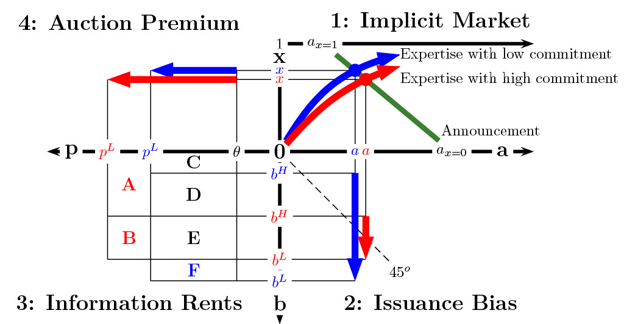References
Beetsma, Roel, Massimo Giuliodori, Jesper Hanson, and Frank de Jong. 2018. “Bid-to-cover and yield changes around public debt auctions in the euro area.” Journal of Banking & Finance, 87: 118–134.
Bikhchandani, Sushil, and Chi-fu Huang. 1989. “Auctions with resale markets: An exploratory model of treasury bill markets.” The Review of Financial Studies, 2(3): 311– 339.
Calvo, Guillermo A. and Pablo E. Guidotti. 1990. “Public debt management: theory and history.” , ed. R.
Dornbusch and M. Draghi, Chapter Indexation and maturity of government bonds. Cambridge University Press.
Dentler, Alexander and Enzo Rossi. 2022. Public debt management announcements under “beat-the-market” opportunities. SNB Working Papers 6/2022.
Driessen, Grant A. 2015. “How treasury issues debt.” CRS Report, 18.
Forest, James J. 2012. “The effect of Treasury auction results on interest rates: 1990-1999.” PhD diss. University of Massachusetts, Amherst.
Friedman, Milton. 1959. “A program for monetary stability.” Fordham University Press.
Missale, Alessandro and Olivier Blanchard. 1994. “The debt burden and debt structure.” American Economic Review, 84: 309–319.
Missale, Alessandro. 2012. “Sovereign debt management and fiscal vulnerabilities.” BIS Paper, 65.
OECD Sovereign Borrowing Outlook 2022.
Ranaldo, Angelo and Enzo Rossi. 2016. Uniform-price auctions for Swiss government bonds: Origin and evolution. SNB Economic Studies 2016-10.






